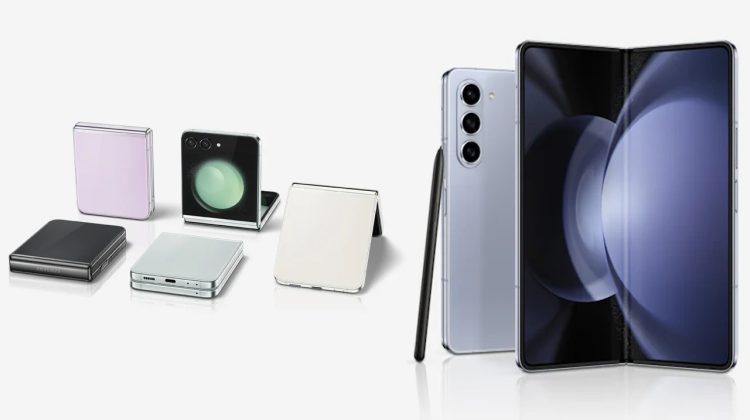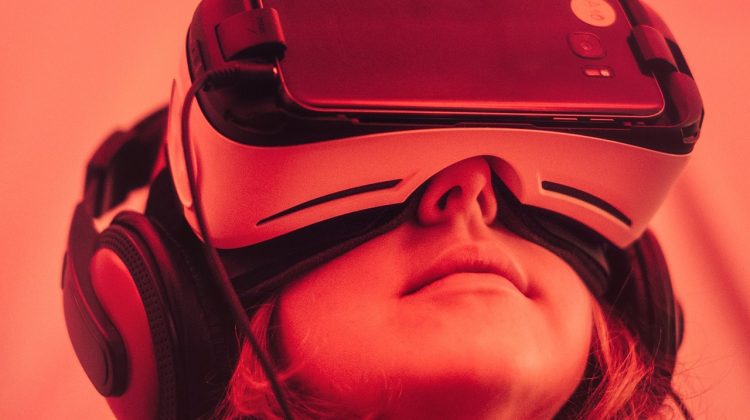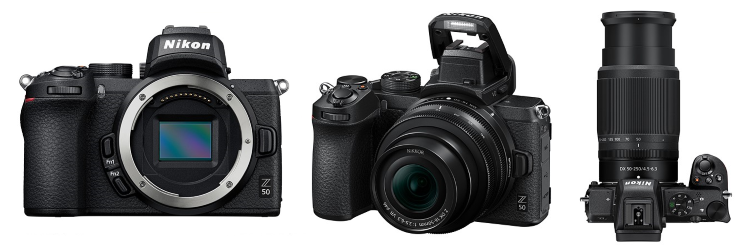The Z50 is the latest born in the Nikon house. The first impression is that of a classic “entry level” camera in the mirrorless sector, a market on which the Japanese house has been focusing a lot. A mirrorless camera, or “mirrorless interchangeable-lens camera” (MILC), “hybrid camera” or “compact system camera” (CSC), does not use a mechanical mirror to switch the scene between the optical viewfinder and image sensor giving a thinner body than a digital SLR (DSLR) as a result. An entry level camera at first, I said, but perhaps only for the price because for everything else it offers features that in some cases bring it closer to the much more expensive models Z6 and Z7, even though, unlike the Z6 and Z7, the Z50 does not have in-body image stabilization.
The Nikon Z50 is a DX-format mirrorless (APS-C, 23.5 x 15.7 mm) which, with its almost 480 grams (camera body), makes lightness one of its strengths. It has a 20.7 megapixel CMOS sensor, excellent ISO sensitivity (100 – 204800), shutter speeds up to 1/4000 of a second and the new professional Z mount, an interchangeable lens mount developed by Nikon for its full-frame mirrorless digital cameras. This special bayonet system allows you to use mirrorless lenses designed for Z6 and Z7 (and therefore 35 mm) but, thinking of it, it does not seem a convenient thing to do. On the other hand, thanks to the FTZ adapter, it is possible to use most of the autofocus lenses produced by Nikon.
It features a remarkable burst with the top of 11 FPS, a very fast autofocus with 209 phase detection points managed by the excellent EXPEED 6 processor, wifi, a Micro USB port that allows for in-camera battery charging, an SD card slot that supports high-speed UHS-II media, downward-tilting 3.2″ touchscreen display, 2.36M-dot OLED EVF, pop-up flash, electronic viewfinder with 1024 x 768 px resolution and excellent quality video.
There is no external headphone jack, and as said sensor stabilization is also missing, but still the camera has the same sensor as an excellent product like the Nikon D500. You can see its full potential by photographing even in extreme conditions with insufficient light. The result will be always of high standard, certainly able to satisfy all those amateurs, who are not professionals maybe, but want something more, indeed much more.
The Z50 comes with two new kit lenses. First there is the collapsible Nikkor Z DX 16-50mm F3.5-6.3 VR, which offers up to 4.5 stops of image stabilization. Second there is the Nikkor Z DX 50-250mm F4.5-6.3 VR used for longer reach. It offers 5 stops of shake reduction. Both lenses have a built-in control ring. Used with the Nikkor DX 50-250 lens, that is certainly not the best sample of brightness (4.5-6.3), the Z50 still achieves good sharpness and a total weight of 890 grams. With the 16-50 the results is even better. With EFCT mode it is possible to use about twenty filters. The new EN-EL25 battery guarantees up to 300 shots. Autonomy must be improved.
Conclusions
Overall the camera offers a level of image very close to professional. Ergonomics are very comfortable. You can switch from photo to video mode without losing the moment. Someone might complain that there is no stabilization on the sensor, as on the Z6 and Z7, but VR optics on the lenses give excellent results, only slightly less bright than the professional ones. Let’s keep in mind that the advantage of having an APS-C in Z format allows you to make smaller and lighter optics and less expensive too. The smaller distance between the sensor and the lens causes the light to make a faster path and therefore the photos are sharper. Let’s also keep in mind that one of the classic lens problems is that less detailed images are created when shooting with the aperture completely open. With the Z mount the optics are much more performing in these conditions. The light gets in better. And 21 megapixel are more than enough to work and also develop large images.










No Comment